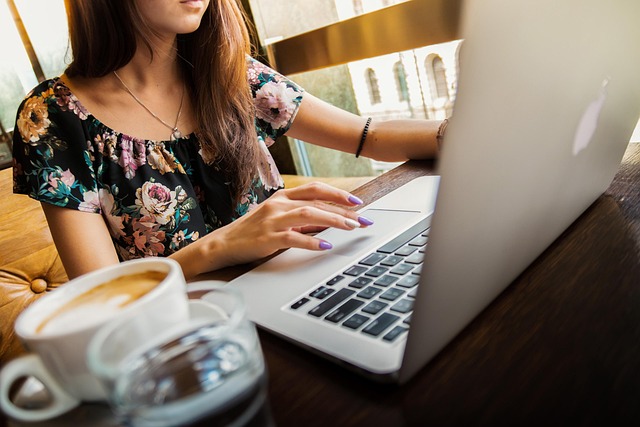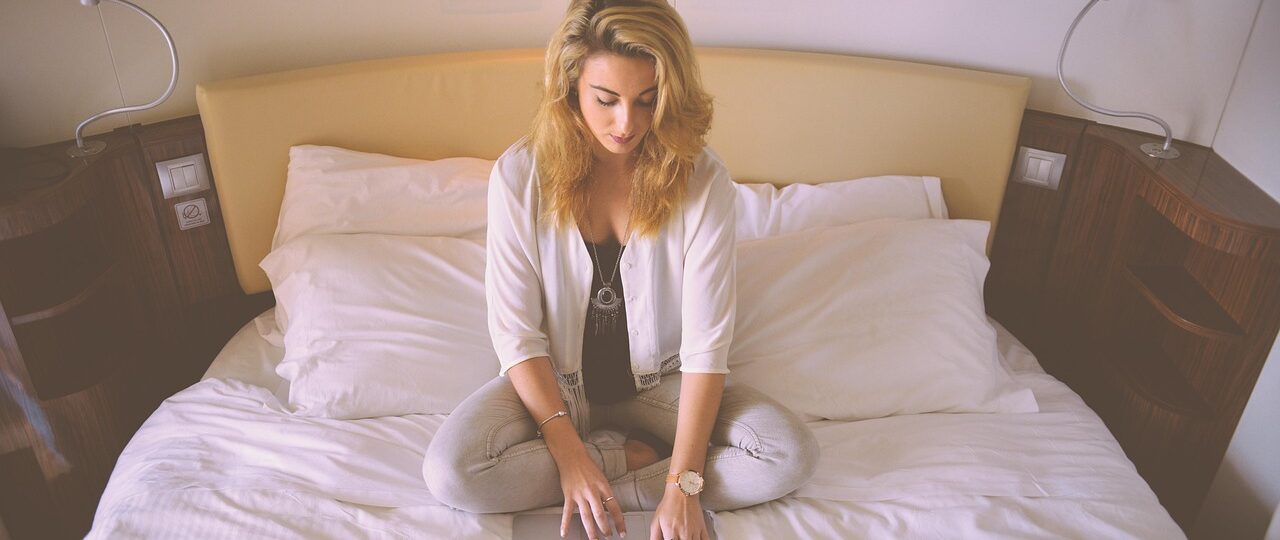Every brand wants attention. But being active everywhere doesn’t guarantee it. Spreading yourself too thin can lead to poor content and low returns. Choosing the right platform is about focus, not volume. Each social media channel has its own audience, style, and pace. What works on one platform might flop on another. A smart brand strategy begins with knowing where your audience is and how they behave. Just because a platform is popular doesn’t mean it’s right for your message. The goal is not just to be seen but to be seen by the right people. According to customer feedback on Buy Real Media, focusing efforts on the most relevant platforms significantly improves reach, engagement, and overall marketing performance.
Know Your Audience First
Before picking a platform, understand who you’re talking to. Your audience’s age, interests, and online behavior guide your decision. If you sell B2B software, you’ll find more value in LinkedIn than Snapchat. If you run a lifestyle brand, Instagram or TikTok may be a better fit. Audience research is essential. Look at where your competitors are active. Analyze where your existing traffic comes from. Check who’s engaging with your content and where. These clues help narrow your focus. Guessing wastes time. Data saves it.
Match Your Content to the Platform
Each platform has its own rhythm and style. Instagram rewards visual storytelling. Twitter thrives on quick, punchy thoughts. LinkedIn prefers professional insights. TikTok loves creativity and humor. YouTube demands longer-form, educational, or entertaining content. It’s not just about where your audience is it’s also about what kind of content you can consistently produce. If you don’t have video resources, TikTok or YouTube might not work yet. If your strength is writing, maybe X or LinkedIn fits better. Match your capabilities to the platform’s native strengths.
Instagram: Visual, Lifestyle, and Product-Driven
Instagram is still a powerhouse for brands with strong visuals. If your product looks good in photos or videos, it can shine here. Stories, Reels, and carousel posts allow you to connect quickly and regularly. Fashion, food, travel, and wellness brands thrive on Instagram. But even B2B companies can use it to humanize their brand. The key is consistency and creative visuals. Strong captions help, but the image is what stops the scroll. Instagram also offers e-commerce tools. If sales are your goal, you can use the platform to drive direct product discovery. It’s a space where you can be polished and personal at the same time.

LinkedIn: B2B and Thought Leadership
LinkedIn is the go-to platform for professionals and B2B brands. It’s less about selling and more about value-sharing. If your brand has expertise to share, this is the place to do it. People use LinkedIn to learn, network, and grow. Sharing useful insights, case studies, and lessons from your industry positions you as an authority. You don’t need to post daily quality over quantity works best here. Engagement comes from being helpful, not promotional. If your goal is to connect with decision-makers or build …



